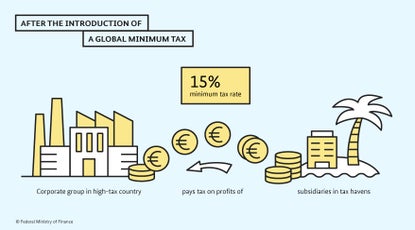Law firms have faced significant challenges in retaining talent, especially during and after the pandemic. A recent report by the NALP Foundation reveals crucial insights into the dynamics of associate attrition and hiring, providing a roadmap for firms looking to improve retention.
Key Findings
- Decline in Attrition Rates: The overall associate attrition rate has decreased from 26% in 2021 to 20% in 2022, and further to 18% in 2023.
- Impact of Firm Size: Firms with 501-1,000 lawyers and those with more than 1,000 lawyers had the lowest attrition rates at 16%.
- Higher Attrition Among Associates of Color: Associates of color experienced a higher attrition rate (24%) compared to their white counterparts (16%).
The data collected from 128 law firms highlights the shifts in hiring and attrition patterns over the past two years, showing a return to pre-pandemic levels.
Trends in Hiring and Attrition
1. Shift in Hiring Practices:
- Lateral Hires Overtaking Entry-Level: In certain market segments, lateral hires have surpassed entry-level hires. This trend reflects a strategic shift among large firms, which are increasingly relying on lateral hires to meet immediate needs, rather than waiting for the law student hiring cycle.
- Reduction in Overall Hiring: Associate hiring has decreased from 6,786 in 2022 to 5,236 in 2023, despite remaining above pre-pandemic levels.
2. High Early Career Departures:
- Increased Departures Within Five Years: The percentage of associate departures within the first five years has reached an all-time high of 82%. Many junior associates, who started their careers in a remote environment, struggled to integrate and build loyalty within their firms.
3. Decline in Unwanted Departures:
- Unwanted Departures: The percentage of “unwanted” departures decreased from 60% in 2022 to 49% in 2023, while “desired” departures increased from 17% to 33%.
Key Strategies for Retention
1. Embrace Flexible Working Arrangements:
- Hybrid Work Models: Offering a balance between remote and in-office work helps associates manage their professional and personal lives more effectively. This flexibility has become a crucial factor in retaining talent.
- Work-Life Integration: Ensuring that associates can maintain a healthy work-life balance is essential for long-term retention.
2. Focus on Career Development:
- Clear Advancement Pathways: Providing clear and attainable career development opportunities helps associates see a future within the firm.
- Support for Professional Growth: Encouraging entrepreneurial growth and aligning work with personal values can significantly enhance job satisfaction.
3. Create a Supportive and Inclusive Environment:
- Open Conversations: Creating a safe space for associates to discuss their career goals and aspirations openly can lead to higher engagement and retention.
- Diversity and Inclusion: Addressing the higher attrition rates among associates of color by fostering an inclusive culture that supports diverse career paths.
A competitive market has pushed firms to adopt new strategies to attract and retain talent. By focusing on flexible working arrangements, clear career development pathways, and creating inclusive environments, firms can reduce attrition rates and build a more stable and satisfied workforce.











